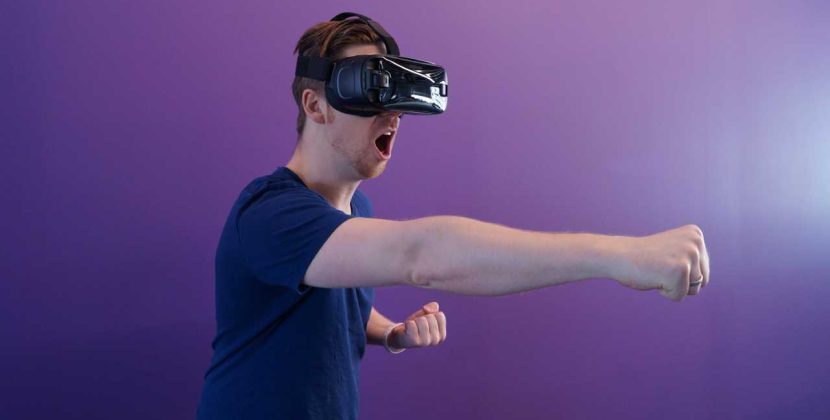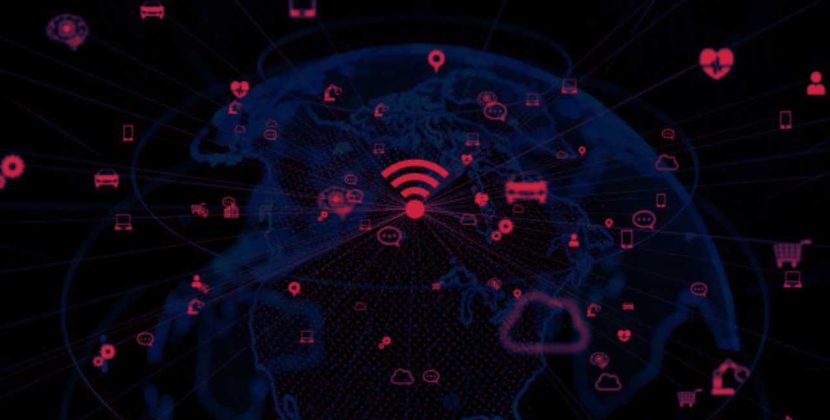
Introduction
Analog to digital conversion
When voice, audio or video information transmitted, the object with high fidelity, that is, the best possible reproduction of the individual message without interference from signal distortion and noise.
The basis for relatively noise and distortion free communication the binary signal. The binary signal the simplest signal of any type that can used to carry messages. It only contains two possible values.
These values are identified by binary digits or bits 1 and 0.I
Steps required for analog to digital conversion An analog signal sampled at regular intervals. The material sent as a digital signal to the receiver, where the analog signal decoded and restored. Steps required for analog to digital conversion An analog signal sampled at regular intervals.
The information transmitted as a digital signal to the receiver, where the analog signal decoded and restored.
Britannica
each with their own precise amplitudes and phases, the rate of change of the composite current can measured through the vibrational frequencies of all types of machines. The difference between the total rate of oscillation and the least rate of vacillation (or the lowest frequency) of the sine surfs that make up the signal called the bandwidth (B) of the message. Therefore, the bandwidth represents the maximum incidence range that a signal inhabits.
For a voice signal with a smallest frequency of 300 hertz and a all-out speed of 3300 Hz, the bandwidth 3000 hertz or 3 kHz.
The concept of bandwidth is fundamental to any telecommunications.
As an example of the Nyquist intermediate, in previous telephone practice the bandwidth,
which is generally set to 3,000 Hertz, has been tested at least every 1 / 6,000 seconds. In current practice, 8,000 tests per second run to increase the frequency range and fidelity of the speech representation.
Quantification
In order for a tested signal to digitally stored or controlled, each sampled amplitude must, converted into one of a finite number of possible values or levels. To facilitate conversion to binary format, the number of levels typically a control contingent on the required accuracy. loyalty.
The say to the quantizer a series of verified breadths for which, there an infinite number of possible quantizer output values. On the other hand, it must restricted to a finite number of levels. Assigning continuous amplitudes to a limited number of levels inevitably, leads to inaccuracies and the error leads to corresponding signal distortions. (This why quantization often called a “lossy” structure.) The grade of inaccuracy depends on the number of output levels used by the quantizer.
quantization
More levels of quantization increase rendering accuracy, but also increase required storage capacity or transmission speed. Better performance can achieved with the same number of output levels by carefully adjusting the output, levels and the amplitude thresholds necessary to assign those levels. This position, in turn, depends on the type of quantized waveform. In general, an ideal quantizer places more levels in the fullness series where the signal most likely to occur, and fewer levels where the message least likely to occur. This technique is known as nonlinear quantization. Nonlinear quantization can also achieved by passing the signal through a compressor circuit that intensifies the weak components, of the message and weakens its lingering components.
The beaten signal, which now occupies a narrower lively range,
and quantized with a straight or linear coldness between threshold values and output levels. In the case of the telephone sign, the beaten signal uniformly quantal into 256 levels,
each level being identified by a series of eight bits. Finally, the reconstituted signal expanded to its original amplitude range. This density and expansion sequence, known as commanding, can produce sufficient dynamic range corresponding to 13 bits.
Also Read: Future Smartphone Launches in India for July 2021










